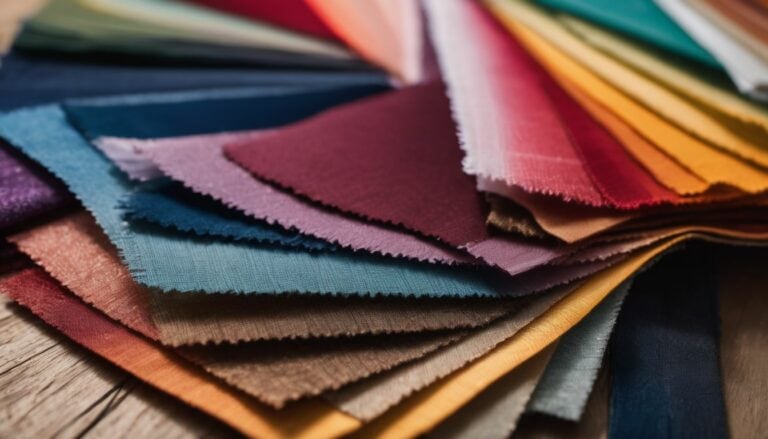The Sustainability of Rayon Fabric: Exploring Its Environmental Impact and Biodegradability
Are you curious about the sustainability of your clothes? You might be surprised to learn that rayon, a common fabric in our wardrobes, is more biodegradable than other natural fibers such as cotton.
This blog post delves into the environmental impact of rayon production and its biodegradability aspect. Stick around to unravel the truth behind this often misunderstood fabric!
Key Takeaways
- Rayon fabric is made from cellulose fibers derived from plants like bamboo or wood pulp and is more biodegradable than other natural fibers like cotton.
- The production of rayon fabric can contribute to air and water pollution, deforestation, and carbon emissions.
- Factors that affect the biodegradability of rayon fabric include its material composition, manufacturing process, disposal method, dyeing and finishing treatments, and environmental conditions.
- Sustainable alternatives to rayon fabric include organic cotton, hemp fabric, and lyocell (Tencel) fabric.
What is Rayon Fabric?
Rayon fabric, a versatile and cost-effective material, is made from cellulose fibers derived from plants like bamboo or wood pulp. It is manufactured through a chemical process that involves dissolving the plant fibers in chemicals and then extruding them into filaments to create the fabric.
Definition and properties

Rayon fabric comes from wood pulp. It is a man-made fiber, but it uses natural sources. It feels soft and smooth like silk. The cloth can take in dyes very well, so it comes in many colors.
People use rayon for dresses, shirts, ties and more because it drapes well. Rayon does not trap heat, making it good for hot weather. Light hits the fabric and shines back in a way that pleases the eye.
Yet, you must handle this fabric with care when wet to avoid damage.
Manufacturing process

Rayon fabric is made through a manufacturing process called “wet spinning“. Here are the steps involved in producing rayon:
- Harvesting: The process begins by sourcing cellulose from trees, bamboo, or other plant materials.
- Processing: The cellulose is then treated with chemicals to dissolve it and create a viscous solution.
- Extrusion: The viscous solution is pushed through spinnerets (small holes) to form long filaments.
- Solidification: The filaments are submerged in a bath of chemicals to harden and solidify them into yarn.
- Washing and drying: The newly formed yarn is washed to remove any residual chemicals and then dried.
- Finishing: Depending on the desired end product, additional treatments like dyeing or printing may be applied.
- Despite being derived from natural sources, rayon production can contribute to air and water pollution and cause deforestation.
- Rayon decomposes over time, reducing its environmental impact compared to synthetic fibers.
Types of Rayon Fabrics

Rayon fabric comes in different types, each with its own unique properties:
- Viscose Rayon: This is the most common type of rayon fabric. It is soft, smooth, and breathable, making it suitable for various clothing items like dresses and shirts.
- Modal Rayon: Modal rayon is known for its excellent drape and luxurious feel. It is often used in high-end clothing, lingerie, and bedding due to its silky texture.
- Lyocell Rayon (Tencel): Lyocell rayon, also known as Tencel, is a sustainable alternative to traditional rayon fabrics. It has a smooth finish and is highly absorbent, making it ideal for activewear and towels.
- Bamboo Rayon: Made from bamboo pulp, bamboo rayon is soft, moisture-wicking, and has natural antibacterial properties. It is commonly used for underwear, socks, and bed sheets.
- High Wet Modulus (HWM) Rayon: HWM rayon has improved strength and durability compared to other types of rayon fabrics. It is commonly used in upholstery fabrics and drapes.
Environmental Impact of Rayon Fabric Production
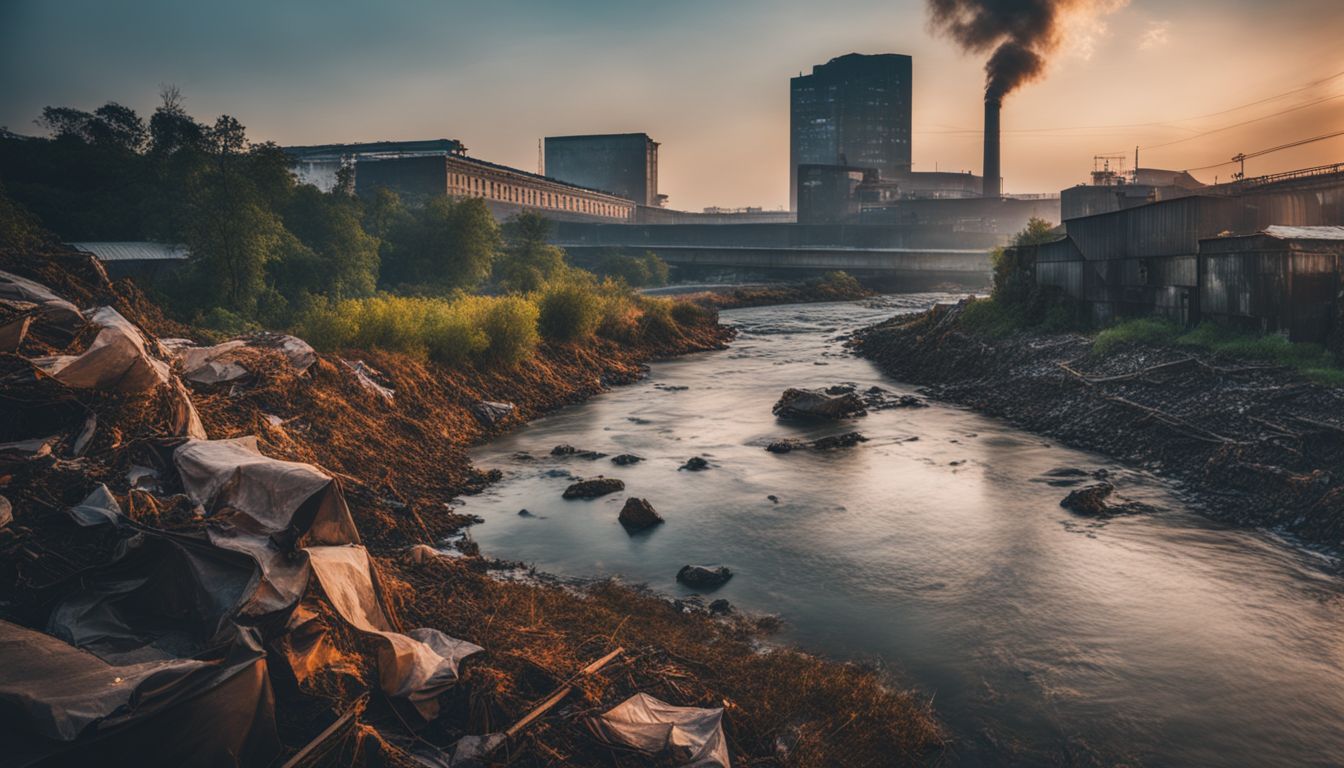
Use of chemicals and water consumption
Rayon fabric production involves the use of chemicals and consumes a significant amount of water. Chemicals like carbon disulfide are used in the manufacturing process, which can be harmful to both human health and the environment.
The wastewater from rayon production also contains these chemicals, potentially polluting nearby water sources. Additionally, large quantities of water are required for the various stages of processing, including dissolving wood pulp and treating fibers.
This high demand for water contributes to environmental stress and may further strain already scarce water resources in certain regions.
Deforestation and habitat loss
Rayon fabric production can have a negative impact on the environment, contributing to deforestation and habitat loss. This is because rayon is made from cellulose fibers sourced from trees, such as beechwood or bamboo.
The process of obtaining these fibers requires cutting down large areas of forests, which destroys natural habitats for animals and plants. Additionally, clearing forests for rayon production also reduces the amount of carbon dioxide that can be absorbed by trees, leading to increased greenhouse gas emissions.
To minimize the environmental impact of rayon fabric, it’s important to ensure sustainable sourcing practices and support brands that prioritize reforestation efforts and responsible manufacturing processes.
Carbon emissions
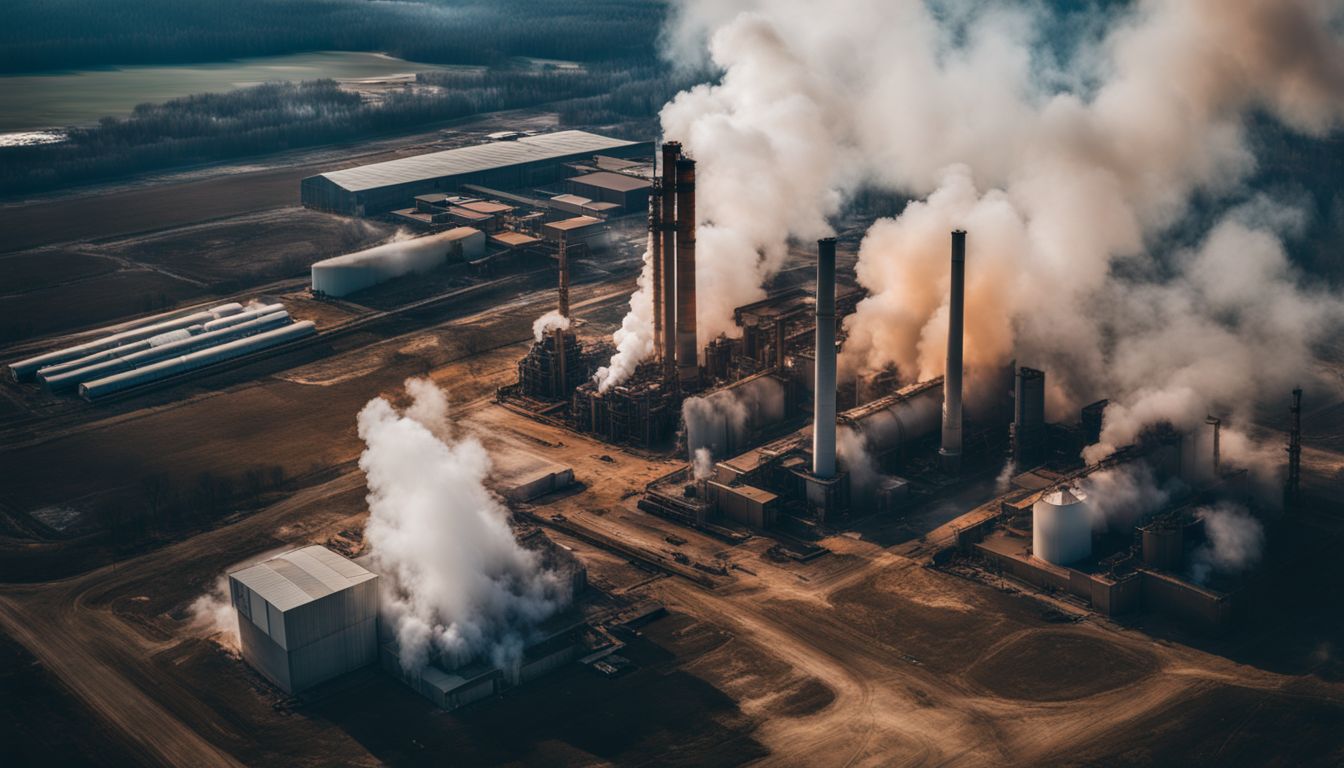
Rayon fabric production contributes to carbon emissions, which have a negative impact on the environment. The manufacturing process involves the use of chemicals and energy-intensive processes that release greenhouse gases into the atmosphere.
While rayon is considered more sustainable than synthetic materials like polyester and nylon, it still has a higher carbon footprint compared to completely natural fabrics. Therefore, it is important to consider the sourcing and manufacturing practices when purchasing rayon products in order to minimize their carbon emissions and make more environmentally-friendly choices.
Biodegradability of Rayon Fabric
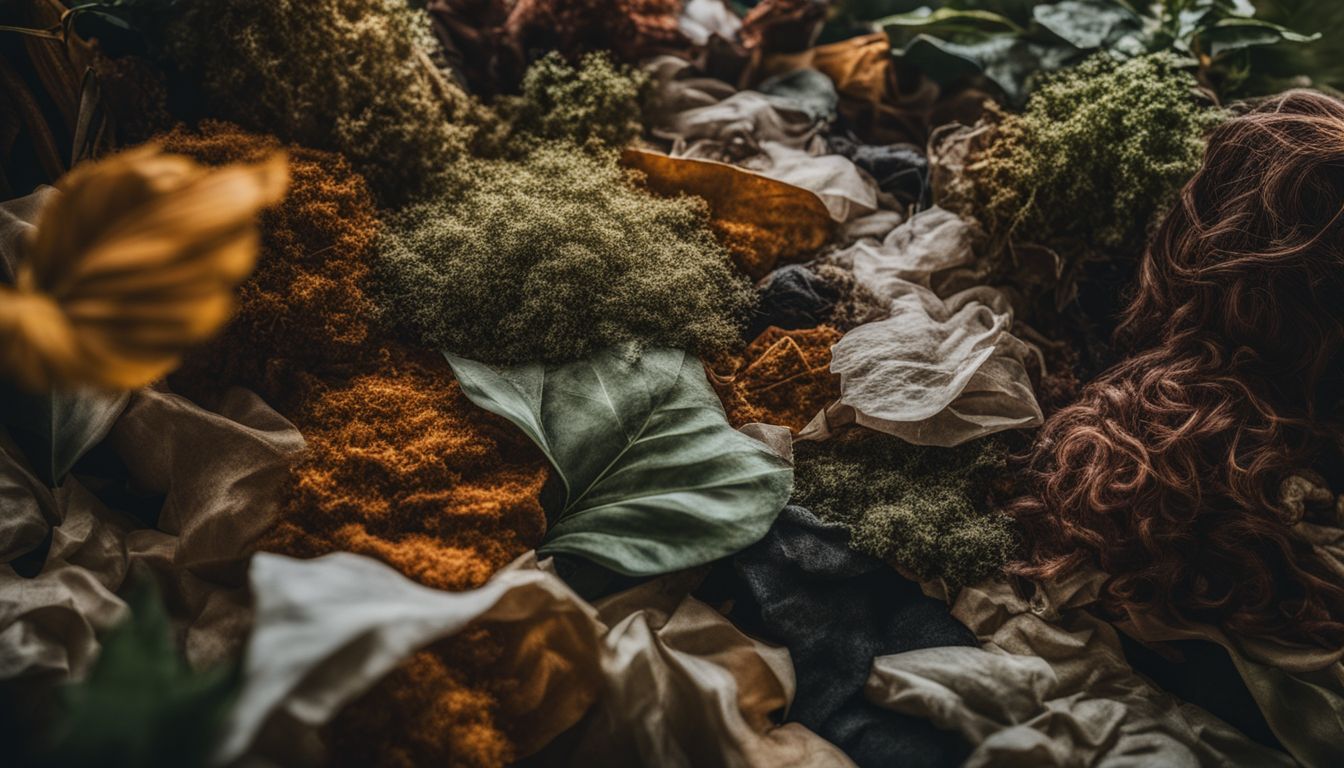
Is Rayon fabric biodegradable? How does it compare to other fabrics in terms of biodegradability? Let’s explore these questions and more. Read on to learn about the sustainability of rayon fabric.
Is Rayon fabric biodegradable?
Rayon fabric is indeed biodegradable, and it decomposes over time, which helps reduce its environmental impact. In fact, a recent study found that rayon is even more biodegradable than other natural fibers.
Viscose rayon, a type of rayon, breaks down faster compared to cotton. While not as sustainable as completely natural fabrics like organic cotton or hemp, rayon is considered one of the most biodegradable fabrics available.
It’s important to note that the sustainability of rayon depends on factors such as sourcing and manufacturing processes. However, when considering the end-of-life stage, rayon fabric can be reused and composted. making it a more environmentally friendly option compared to synthetic materials like polyester and nylon.
Factors affecting biodegradability
Factors that affect the biodegradability of rayon fabric include:
- Material composition: The type of rayon fabric and its specific blend of fibers can influence how easily it biodegrades.
- Manufacturing process: The chemicals used during production, such as solvents and bleaching agents, can impact the biodegradability of the fabric.
- Dyeing and finishing treatments: Certain dyeing and finishing processes can introduce chemicals that hinder or slow down the biodegradation of rayon fabric.
- Disposal method: How rayon fabric is disposed of at the end of its life cycle can affect its ability to decompose naturally. Recycling, composting, or sending it to a landfill will each have different environmental impacts.
- Environmental conditions: Factors like temperature, moisture levels, and presence of microorganisms in the environment where rayon fabric is discarded can influence how quickly it breaks down.
Comparison to other fabrics
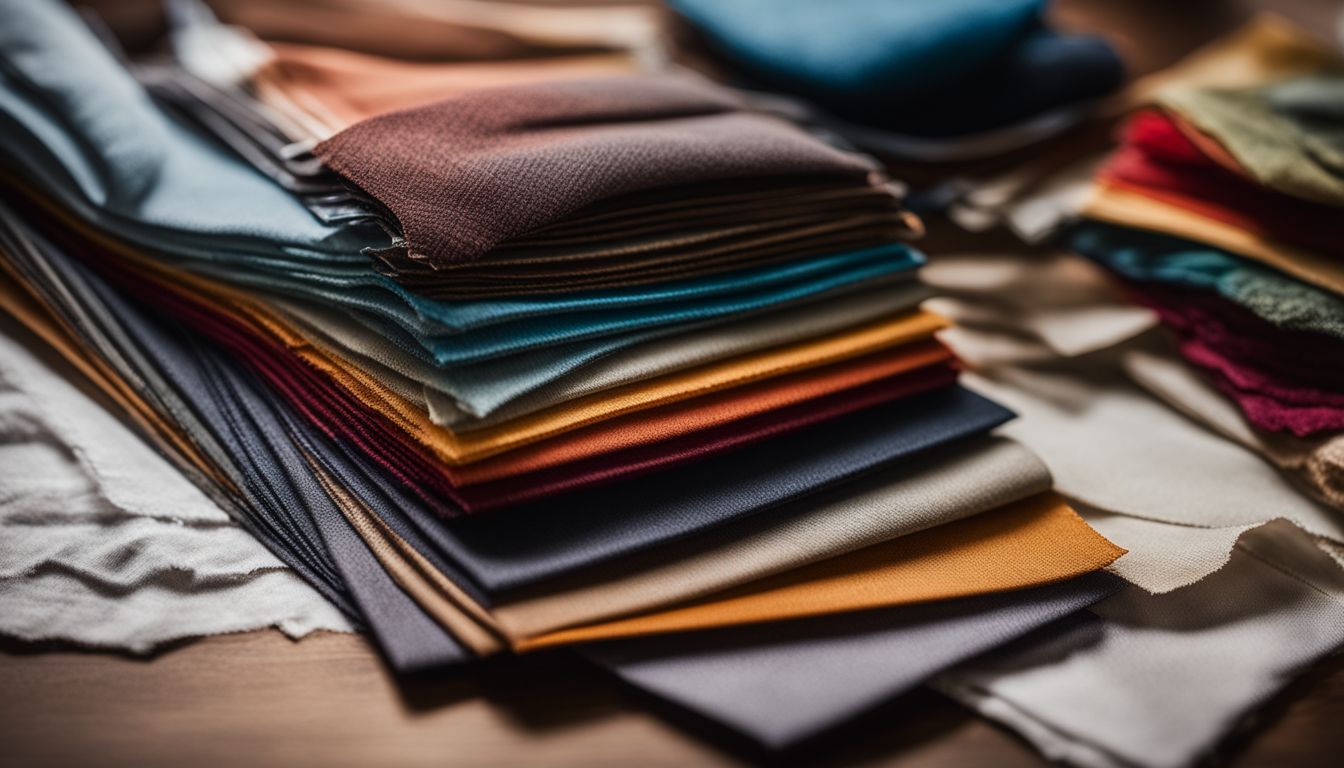
Rayon fabric, when compared to other types of fabrics, presents a unique blend of benefits and drawbacks in terms of sustainability and biodegradability. Let’s take a closer look at this comparison:
| Fabric Type | Biodegradability | Environmental Impact |
|---|---|---|
| Rayon | Rayon is considered one of the most biodegradable fabrics available, even more so than other fibers of natural origin. It decomposes faster than cotton, reducing its environmental impact over time. | The production of rayon can contribute to air and water pollution, and cause deforestation. However, its end-of-life stage is generally sustainable as it is reusable, compostable and biodegradable. |
| Cotton | Cotton is a biodegradable material, but rayon has been found to decompose faster than cotton. | Organic cotton production has a lower environmental impact than conventional cotton, but the water and land use is still significant. Cotton farming also uses a lot of pesticides and fertilizers. |
| Synthetics (Polyester, Nylon) | Synthetic fabrics like polyester and nylon are not biodegradable and can take hundreds of years to decompose. | The production process for synthetic fibers is energy-intensive and releases harmful pollutants. These materials also shed microplastics, contributing to ocean pollution. |
| Hemp | Hemp is biodegradable and decomposes in a relatively short amount of time. | Hemp is a sustainable fabric, requiring less water and pesticides than cotton. It also improves soil health. |
| Lyocell (Tencel) | Lyocell fabric is biodegradable and compostable, breaking down in soil and water. | The production process for lyocell uses less energy and water than many other fabrics, and it is often made from sustainably sourced wood pulp. |
From the table above, it is clear that while rayon fabric is highly biodegradable, its production process can be harmful to the environment. Therefore, the sustainability of rayon depends on factors such as sourcing and manufacturing processes. It is more sustainable than completely synthetic materials like polyester and nylon but not as sustainable as completely natural fabrics like hemp. It’s crucial as consumers to consider the environmental impact of rayon production and make informed choices when purchasing rayon products.
Sustainable Alternatives to Rayon Fabric
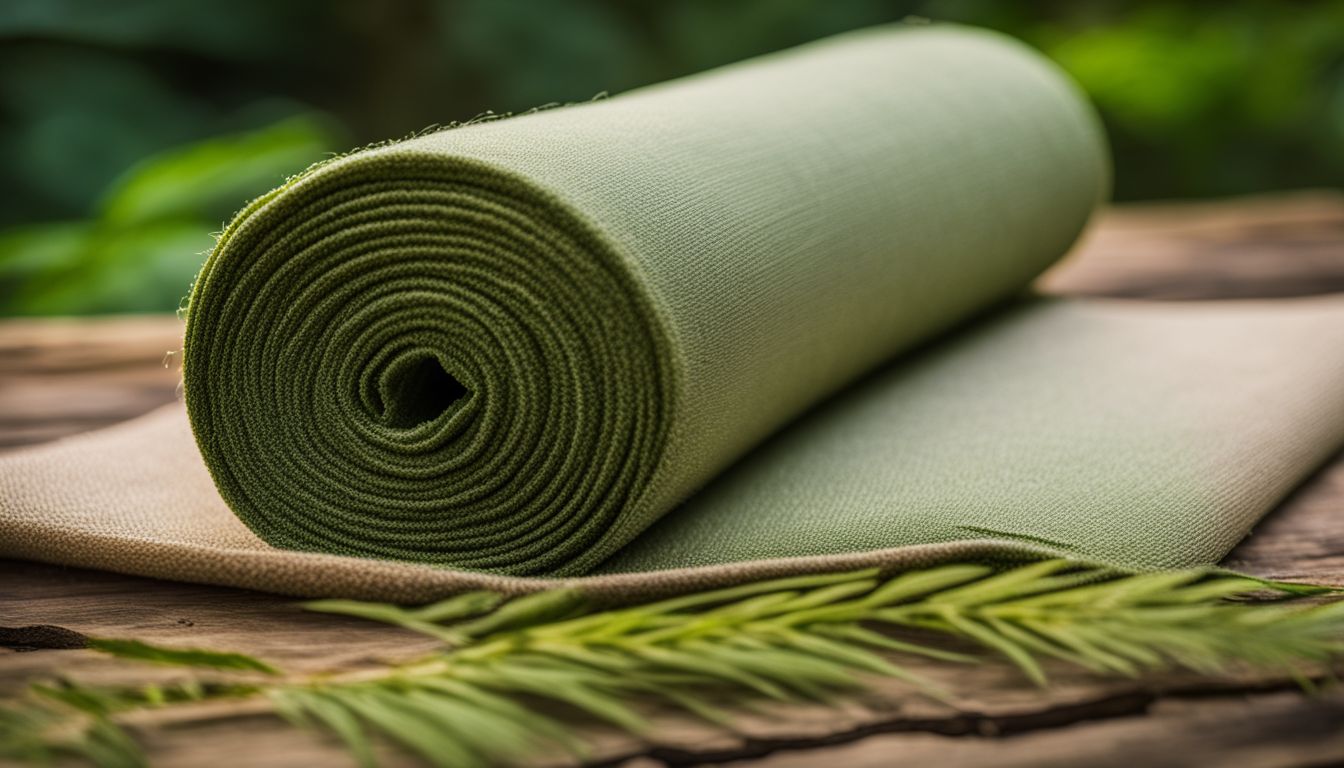
Organic cotton, hemp fabric, and lyocell fabric (Tencel) are sustainable alternatives to consider.
Organic cotton

Organic cotton is a sustainable alternative to rayon fabric. It is grown without the use of synthetic fertilizers or pesticides, which reduces its environmental impact. Organic cotton farming promotes biodiversity and supports regenerative agriculture practices.
Additionally, organic cotton is biodegradable, meaning it can break down naturally over time without leaving harmful residues in the environment. Compared to conventional cotton production, organic cotton has a lower carbon footprint and requires less water.
Choosing products made from organic cotton helps promote a more eco-friendly and socially responsible fashion industry.
Hemp fabric

Hemp fabric is a sustainable alternative to rayon fabric. It is made from the fibers of the hemp plant, which are renewable and require less water and fewer chemicals compared to other fabrics.
Hemp fabric is biodegradable, meaning it can break down naturally without harming the environment. Additionally, hemp plants absorb carbon dioxide from the atmosphere as they grow, making them environmentally friendly.
Hemp fabric is also durable and versatile, suitable for various clothing items such as shirts, dresses, and even denim-like jeans. Choosing hemp fabric helps support sustainable fashion choices that have a lower environmental impact than traditional synthetic fabrics like rayon.
Lyocell fabric (Tencel)
-444aa85609-308534880.jpg)
Lyocell fabric, also known as Tencel, is a type of rayon that is considered more sustainable than traditional rayon. It is made from wood pulp derived from sustainably managed forests.
The manufacturing process of Lyocell fabric uses less water and chemicals compared to other types of rayon. Additionally, it has a low environmental impact and is biodegradable. This makes Lyocell fabric a great choice for eco-conscious consumers who want to reduce their environmental footprint without compromising on style and quality.
Conclusion: The Importance of Sustainable Choices in Fashion

In conclusion, understanding the sustainability of fabrics like rayon is crucial in making informed choices in the fashion industry. While rayon has some biodegradable qualities and can be made from sustainable sources, its production can still have a negative environmental impact.
By opting for more sustainable alternatives and supporting eco-friendly practices, we can contribute to a more sustainable and responsible fashion industry.
FAQs
1. Is rayon fabric environmentally friendly?
Rayon fabric is made from plant materials, but its production involves the use of chemicals and energy, making it less environmentally friendly compared to natural fibers like cotton or wool.
2. Can rayon fabric biodegrade naturally?
Rayon fabric is generally not biodegradable because it goes through a chemical process during production that alters its natural structure. However, some types of rayon may be more compostable or recyclable than others.
3. What are the potential environmental impacts of rayon fabric production?
The production of rayon fabric can contribute to deforestation, water pollution due to chemical discharge, and greenhouse gas emissions from energy-intensive manufacturing processes.
4. How can I make my use of rayon fabric more sustainable?
To make your use of rayon fabric more sustainable, consider buying products made from certified sustainable sources or look for alternative fabrics with lower environmental impacts such as organic cotton or hemp.






